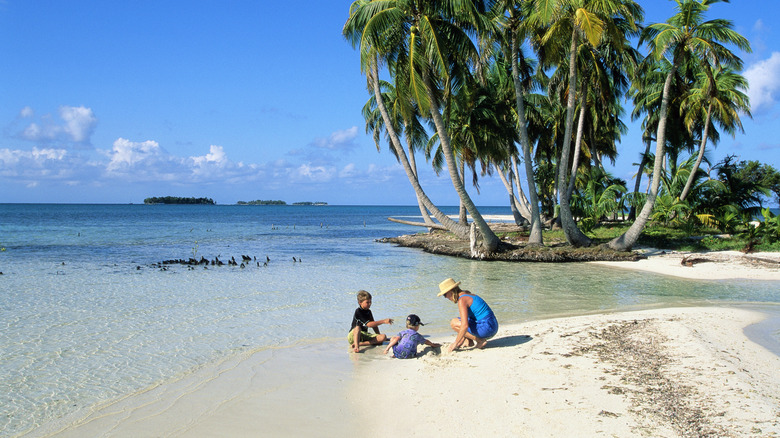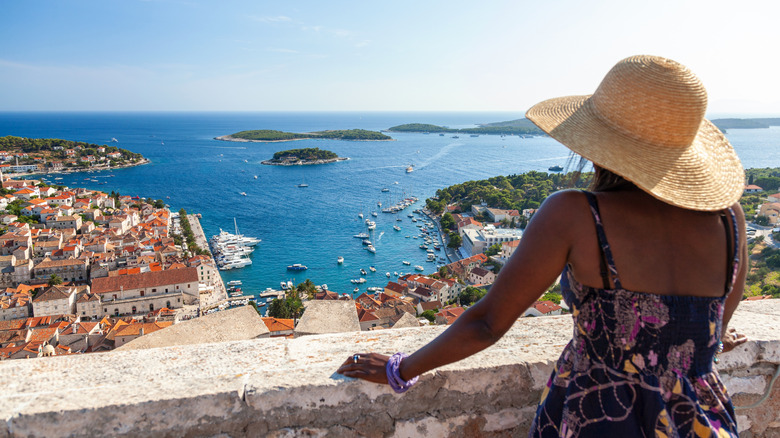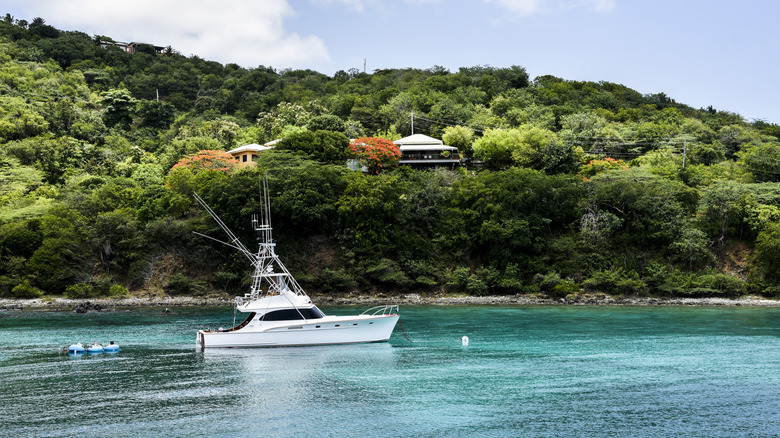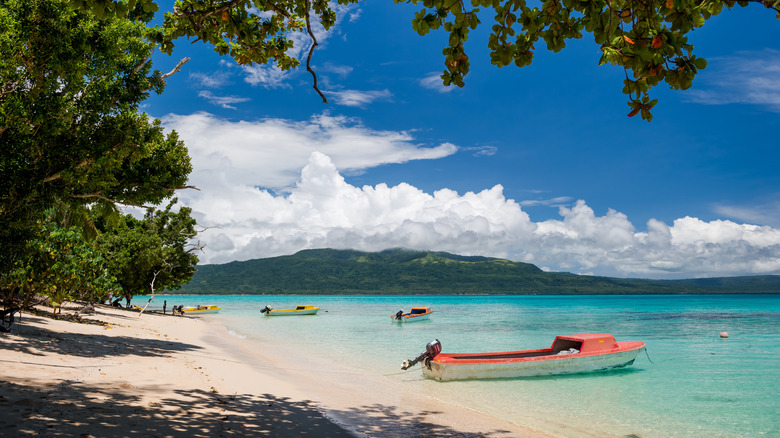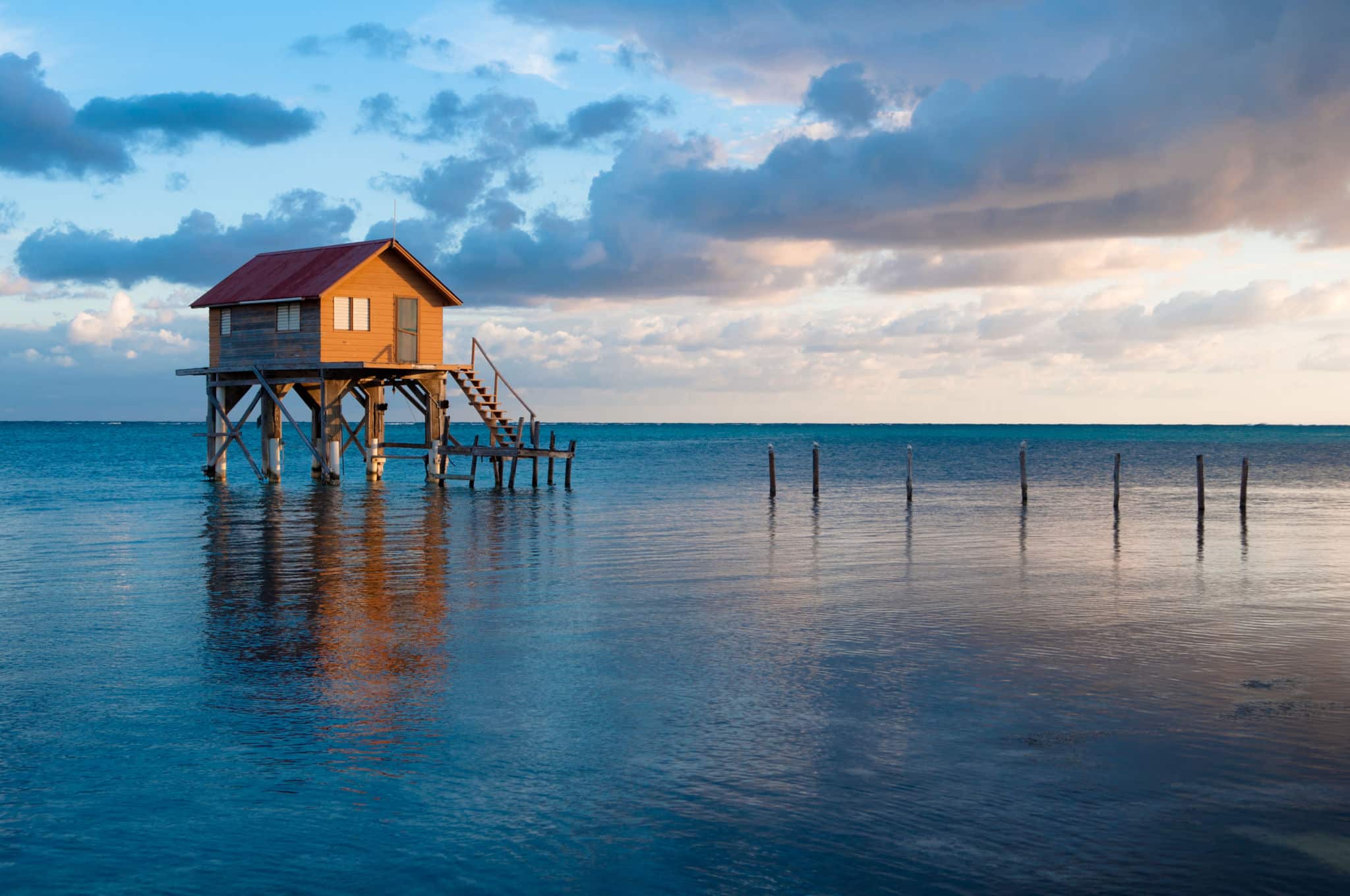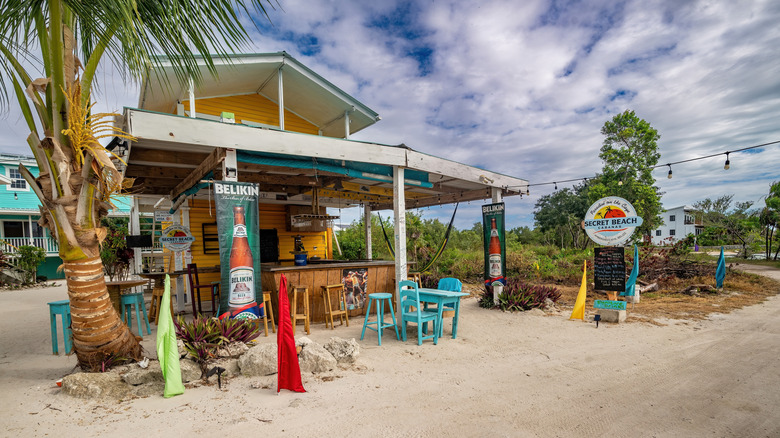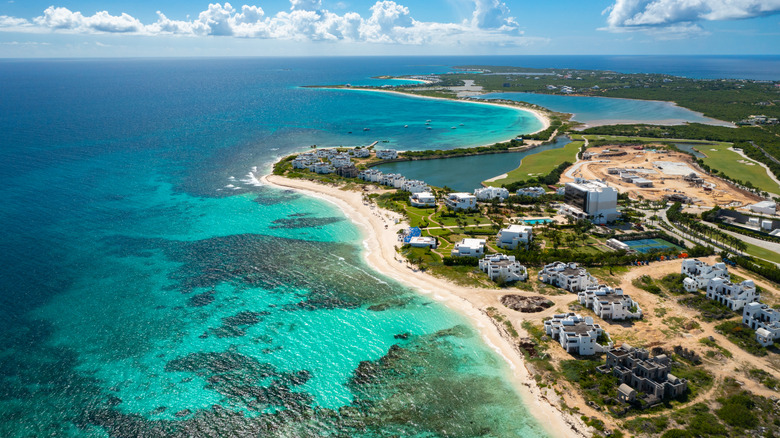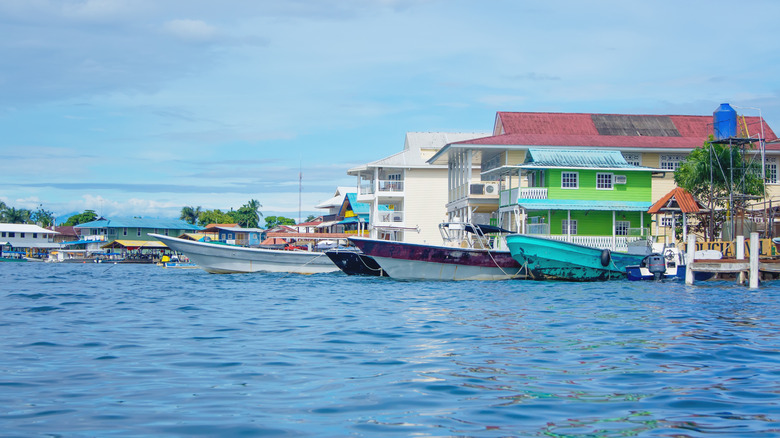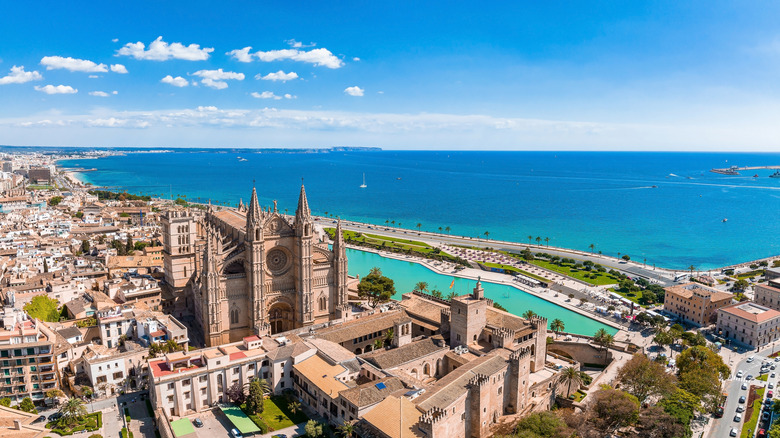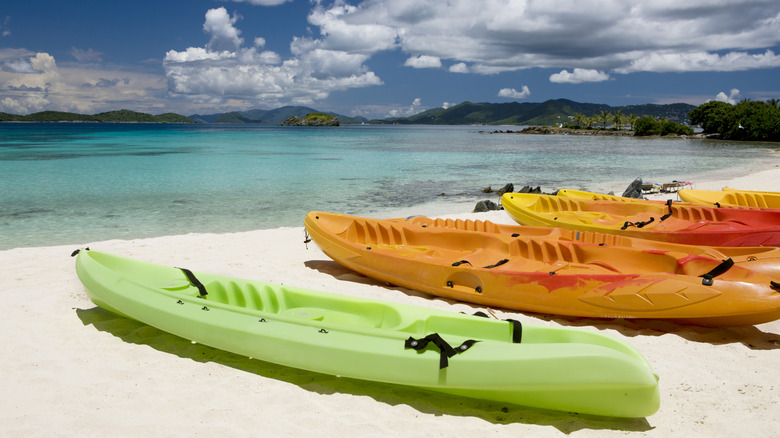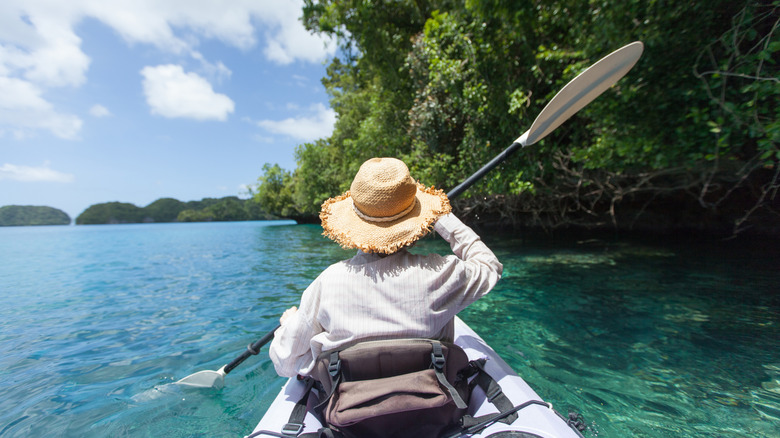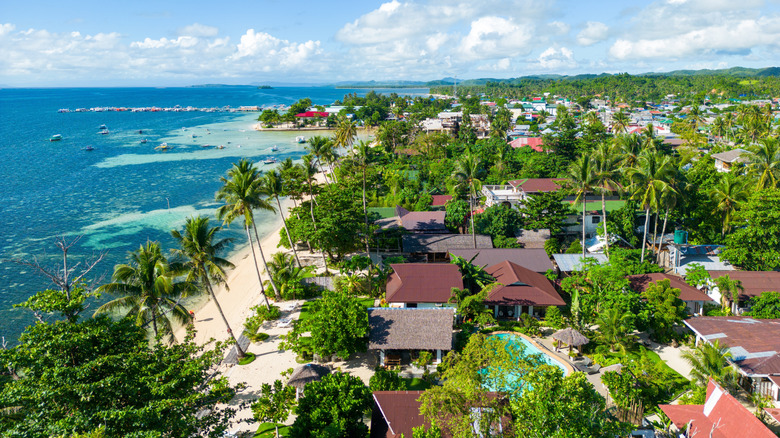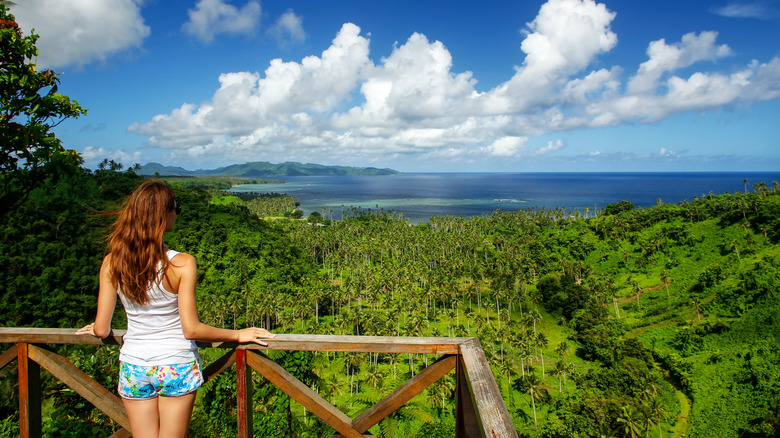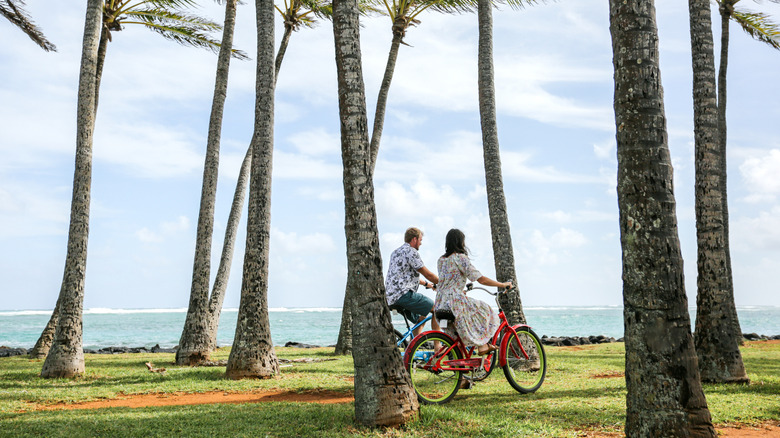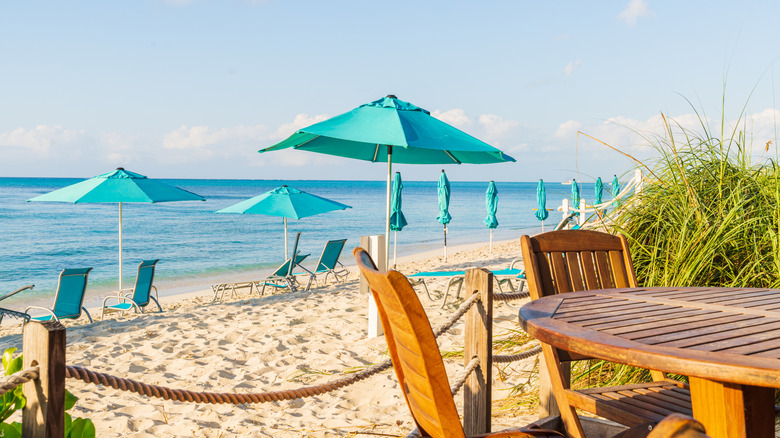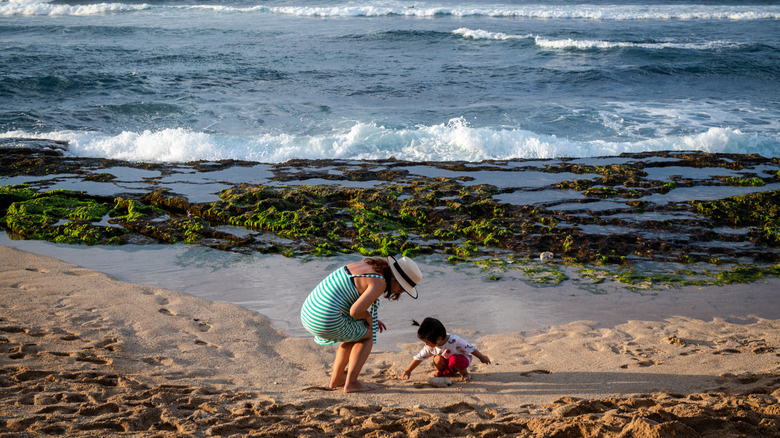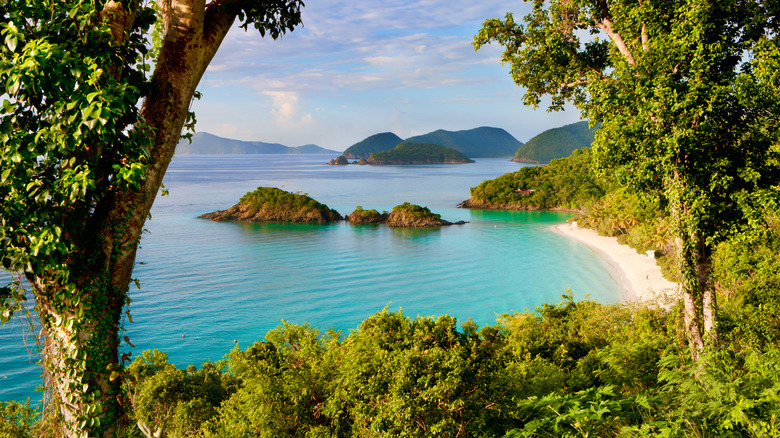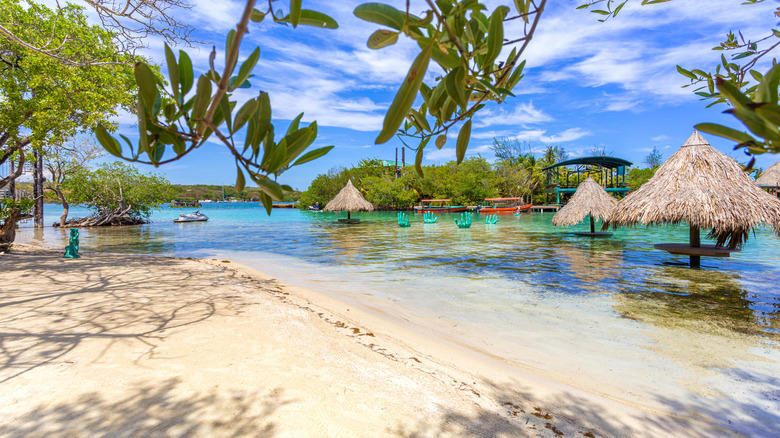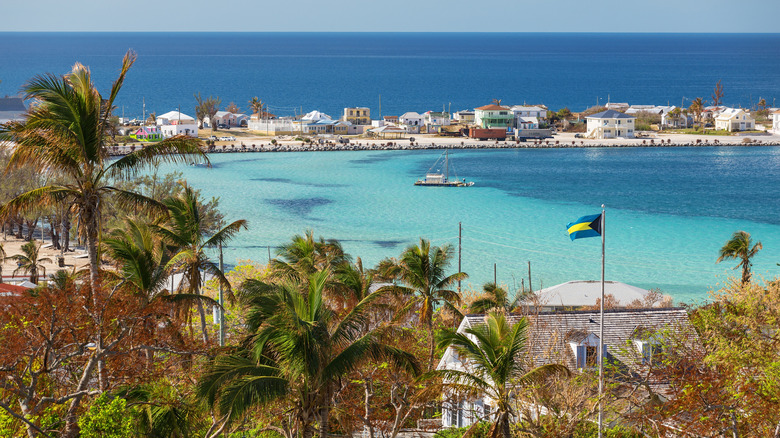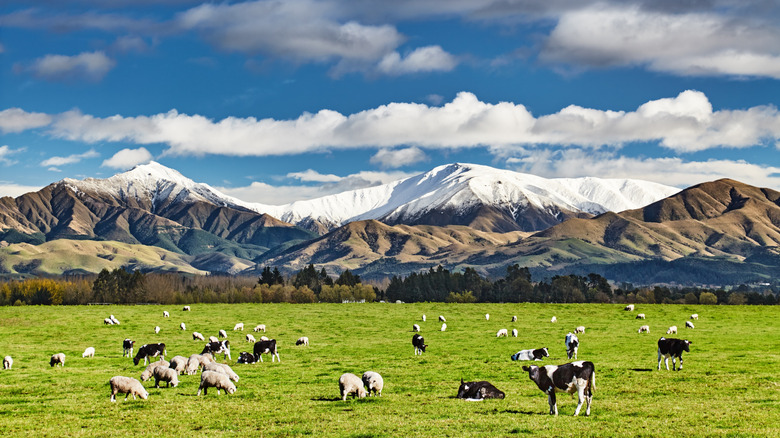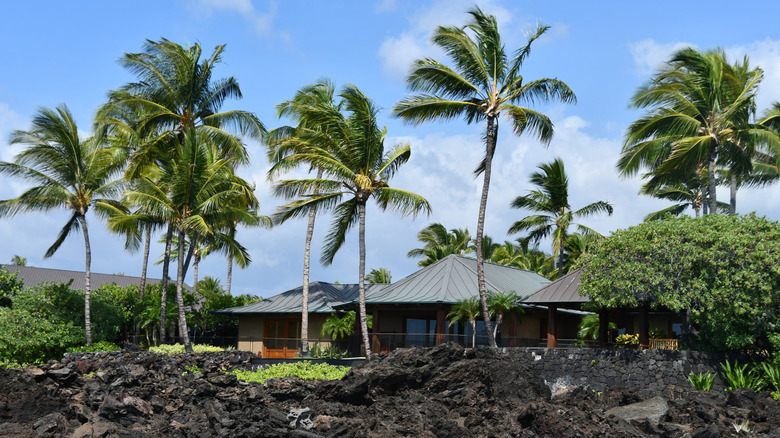Top 19 Islands To Live On
If you're keen on the idea of island living, there doesn't seem to be a lot of cons. Fresh, tropical fruits, soft, sandy beaches, and unique, communal cultures are all part of the full package when living on an island. From prices for housing and local cuisines to distinct, cultural qualities, each island is different, though. Finding the right one for you can be difficult.
Luckily, the Islands team has surveyed expats, researched the costs and made scouting trips to the world's most enticing islands. The result: our list of the best islands to live on.
Travel down under to New Zealand for a true, au naturel experience (this is also one of the best places for foodies). If you're looking to stay in this hemisphere, try Culebra, Puerto Rico — that's just 15 miles off the coast of the U.S. territory. Whatever your interests or wherever you're looking, read on for our list of the best islands to live on.
Hvar, Croatia
This Croatian island straddles the line dividing "historic" and "trendy." Villas with views of the sea can be found in the $500,000 range and up. Fixer-upper stone houses and vacant lots, on the other hand, hit a much lower end of the cost spectrum. If island fever hits, ferries head to neighboring, rarely-visited islands daily.
Culebra, Puerto Rico
Fifteen miles off the east coast of Puerto Rico is Culebra, a tiny island with a public school and a year-round population of less than 2,000. It's quieter than Vieques, even. Flying a family of four to San Juan, Puerto Rico's capital, and back to the U.S. can be done for a little more than $1,000, and the ferry to mainland Puerto Rico is only a few U.S. dollars, making it one of the best tropical places to live.
Vanuatu
The laid-back lifestyle and need for very few possessions are huge attractions to people considering a move to these South Pacific islands. The island folks are among the friendliest in the world because, as photographer Jon Whittle says, "They don't stress themselves with the things that occupy the western world."
Beachfront homes start as low as $280,000. Notably, the town of Port Vila is more mainstream with sidewalk cafés and an amateur expat theater group.
Penang, Malaysia
Relocating here is a relatively simple process because of Malaysia's "My Second Home Program." Deposit $90,000 in a local bank, and you can come and go as you please on one of the cheapest islands to live on. Major residential projects have been developed recently.
NOTE: THIS PROGRAM HAS CHANGED AND PRICES HAVE INCREASED SIGNIFICANTLY
Ambergris Caye, Belize
Life moves slowly on this tax-free, English-speaking island off Belize. Transportation is by golf cart or bicycle, but telecommunications are modern. There's a fun night-life scene in San Pedro, and, as the town's main sign says, "You won't be a stranger for long."
Modern resorts offer real-estate investments. Belizean Cove Estates, for example, has had three-bedroom, 2300-square-foot, furnished, beachfront villas available for sale for $800,000.
Anguilla
Pictures of the island's centenarian population line the walls of Anguilla's national heritage museum, a positive sign for retirees. With enough beaches to visit one per day for a month, it's no wonder people live to 100 here.
Bocas Del Toro, Panama
A solid expat community organizes barbecues and beach outings. There's no minimum age requirement to be considered a retiree and collect benefits in Panama. We've seen jungle lodges (homes) listed at under $200,000.
Want to get a taste of Bocas del Toro? The Red Frog Beach Island Resort & Spa offers villas, island lots, jungle lodges, residence-club units, and marina slips in the most ideal setting one can imagine.
Mallorca, Spain
The cost of living on the Spanish island is less than it is in many other European population centers, with villas and homes available for rent around the mid-$300s. A network of exclusive (and costly) private schools offers British curriculums and bilingual language lessons. All of that said, you can elect to pay $20 million for a perch on a rock overlooking the Mediterranean Sea.
St. Thomas, U.S. Virgin Islands
Most flights into the U.S. Virgin Islands go through St. Thomas, which helps explain why it's home to the most expats among the USVI group. The infrastructure is hard to beat, with major home-improvement stores (you'll be a frequent visitor) and public transportation. The result is more jobs, too. And the airport means more trips from friends and family back in the States.
Palau
Most islanders speak English, and the currency is the U.S. dollar. Yet, your feet are far away from other population centers: 500 miles east of the Philippines, to be exact. Those who move to this South Pacific island group typically do it for the underwater adventures.
Philippines
Yes, there's still undeveloped, beachfront property available on Siargao Island in the Philippines. But more "supply side" real estate is in the realm of rustic homes and villas — traditional island life. One former Islands contributor who moved here says he did it mostly because of the people: "Everyone is quick to smile, old and young, and that kind of attitude is contagious. You can't put a price on it."
Fiji
The expat community on Taveuni is growing because of available beachfront property and easy access to the main Fijian island of Viti Levu. English is spoken in schools, but lessons in Fijian culture are central to the curriculum. Property with ocean views and natural settings are found in the $400k range, depending on the island — often with solar power and rain-water catchments.
Kauai
Beautiful American islands combining luxury, beauty, and relaxation are sometimes tough to come by, but look no further than Kauai. The average life expectancy on Kauai is among the best in the U.S., due in large part to the natural setting and fresh foods. The population density here is half of that on other Hawaiian islands, and many people drive their vehicles fewer than 1,000 miles annually.
One of the island's nicest communities is Kukuila, where home prices range from around $700,000 to $20 million.
Turks and Caicos
The majority of people live on Providenciales (aka Provo), including expats who have obtained residency by investing at least $250,000 in property. Eight airlines offer nonstop service from the States, and tourism has created a job market.
For those who want complete solitude, Middle Caicos is three times the size of Provo but with a year-long population of less than 300 people (better have a job you can do from a really remote locale!).
Maui
Maui is one of our top choices for raising a family. Children can grow up in an exotic culture but still receive an education on par with that in major American cities (or better). Field trips embrace nature: whale-watching tours, hiking, and snorkeling excursions, to name a few.
Being outside year-round has proven through medical studies to result in healthier and longer lives.
St. John, U.S. Virgin Islands
St. John was the most frequently mentioned island when we asked our Facebook friends where they'd consider moving. Because it's a U.S. territory, the transition is easier than most, yet the Caribbean vibe is strong ("the happiest happy hours and breeziest open-air lunches," according to former contributor David Lahuta).
The island has 7,000 acres of national park and is notoriously hilly, which means a Jeep should be in the plans.
Roatan, Honduras
Away from Roatan's busy West End, the main island in the Bay Island group is largely undeveloped. There's a close-knit American expat population and a growing list of direct flights to U.S. cities.
"Expats don't have time to rot in front of the TV," says one local. Volunteering at places like the expat-inspired medical clinic bonds newcomers with other islanders.
Bahamas
It's cheating to lump the Bahamas into one spot on this list. On a sparsely developed island like Eleuthera, entrepreneurs could find a niche (the place needs auto mechanics). Out in the Exumas, it's a different world where high-rollers have been buying private little island spits for as much as $85 million.
And then there's Nassau, the melting pot. As one friend says about her family life there: "Our kids are exposed to the whole world through their classmates at school."
New Zealand
Away from the busy hubs of Auckland and Wellington are places like this: Mr. Nicholas Station, a working farm on the South Island. People who move to New Zealand's more civilized regions praise the good roads, schools, and health-care systems, but the biggest draw is the clean outdoors, which also means organic, fresh food, and fresher air.
Hawaii's Big Island
Combine all of the Hawaiian islands (Maui, Oahu, Kaunai, Lanai, Molokai, and their smaller siblings), and the entire land area still doesn't add up to Hawaii's big island. Yet, the population is shy of 200,000, providing opportunities for a myriad of activities.
One colleague who moved here more than 10 years ago says, "I wound up in a village called Volcano, atop Kilausea. To do it, I had to ignore the advice of more than few friends. I eventually admitted, 'Yes, I'm foolish. Maybe I'll come back to Earth in six months.' I haven't come down yet."
